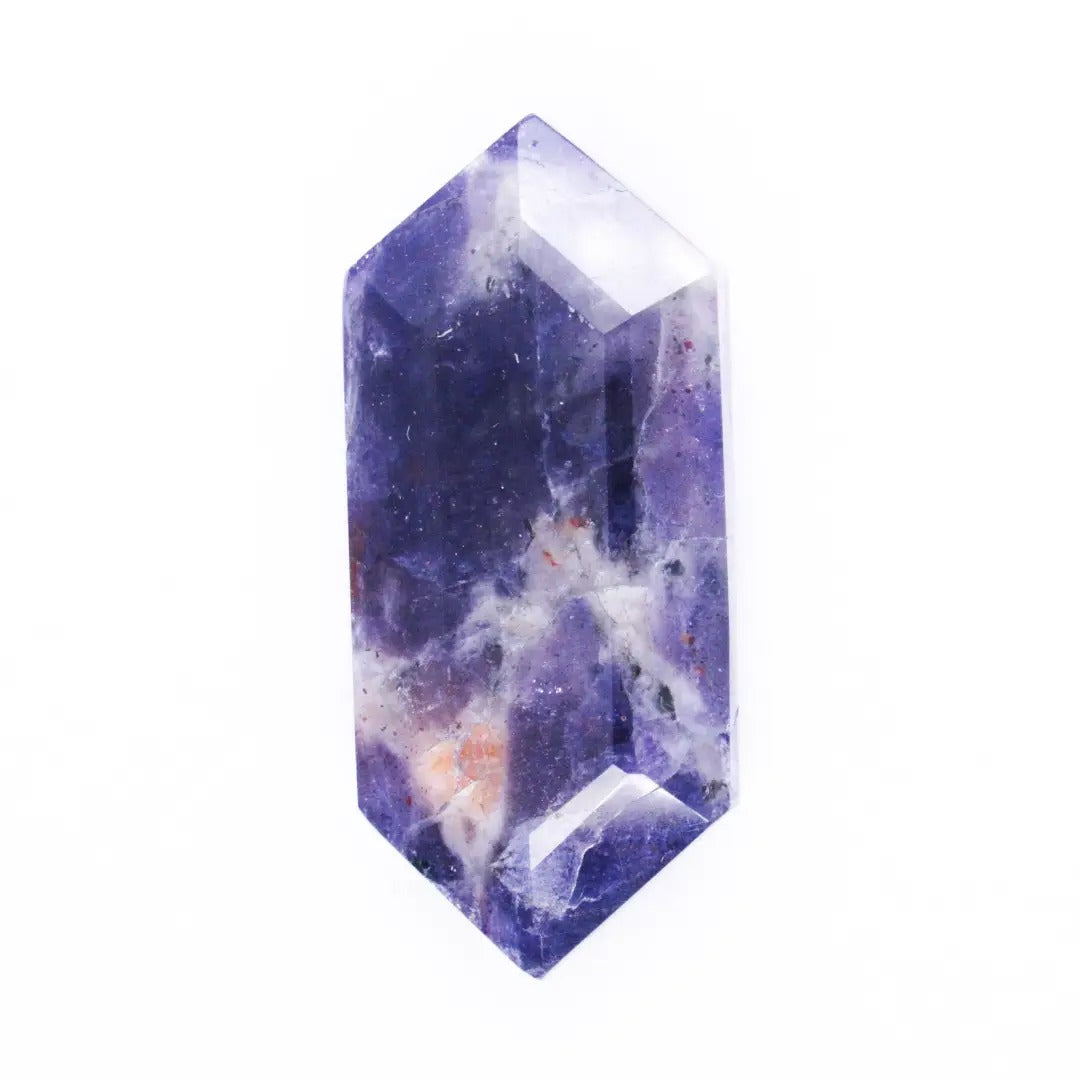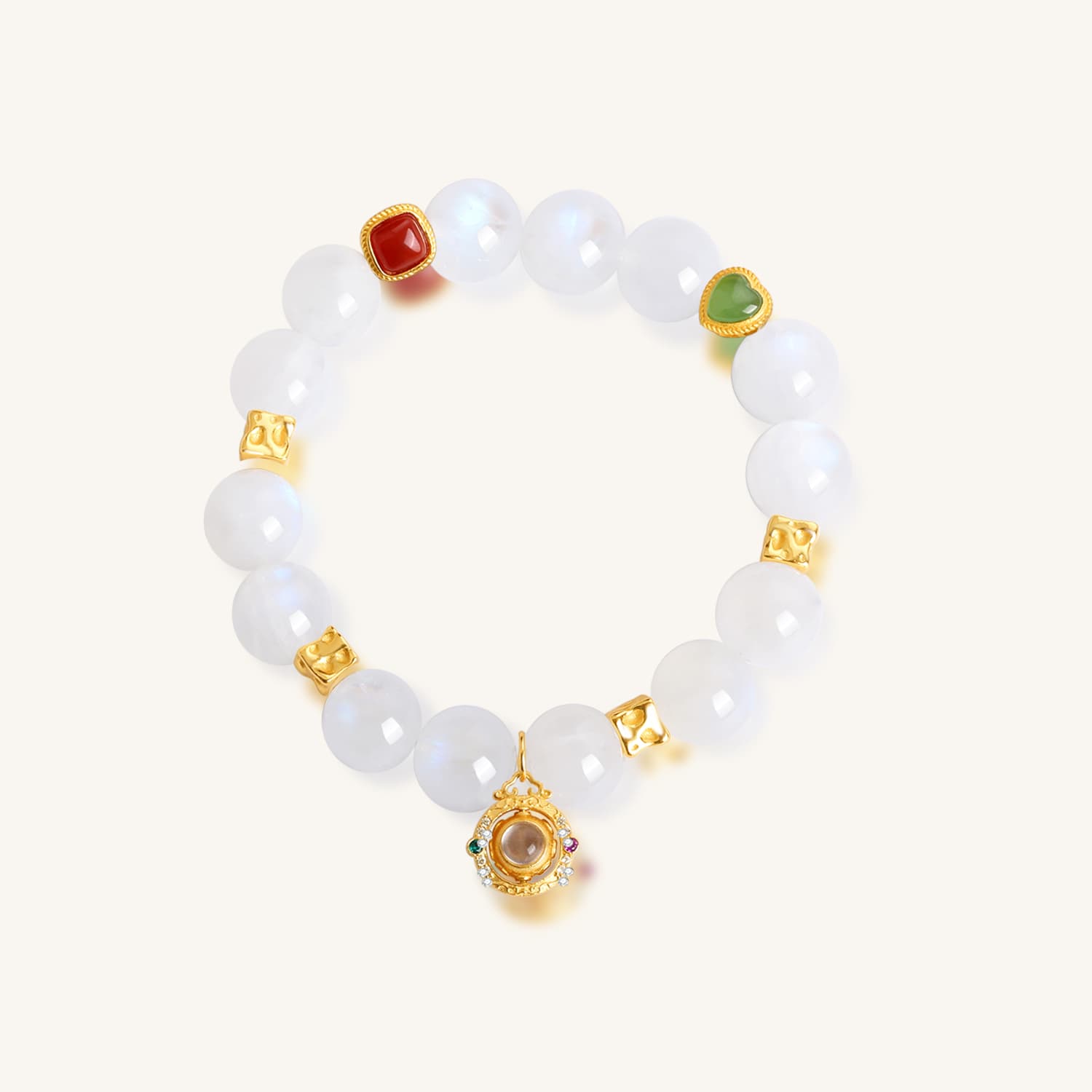✨ Introduction
Iolite, often marketed as “Water Sapphire,” is prized for its rich blue‑violet color and striking optical effects. Its name derives from the Greek word for “violet,” a nod to the gem’s deep hue. As an iron‑ and aluminum‑bearing cyclosilicate mineral, iolite’s hallmark is pleochroism—displaying different colors (blue, violet, yellow) depending on the viewing angle.

Gemstone Properties & Origins
-
Mineralogy: Iolite belongs to the beryl‑related group of silicate minerals.
-
Crystal System: Orthorhombic, usually forming short prismatic or tabular crystals.
-
Hardness: 7 on the Mohs scale, suitable for everyday wear.
-
Formation: Evolved from metamorphic rocks; variations in magnesium and iron content affect color intensity and transparency.
Inclusions & Special Effects
🔮 Common Inclusions
Iolite may contain hematite or rutile needles, graphite, and fluid inclusions. In Sri Lankan specimens, abundant plate‑ or needle‑shaped hematite and rutile can turn the gem a deep red—known as “Bloodshot Iolite.” Rarely, these stones exhibit star effects (asterism), cat’s‑eye (chatoyancy), or aventurescence (golden shimmer).
Viking Navigation Legend
🔮 Ancient Use
According to Norse tradition, Viking sailors carried thin slices of iolite aboard their ships. On overcast days, they used its pleochroic property to locate the sun’s position and navigate the seas—earning iolite a reputation as the “Viking Compass Stone.”





